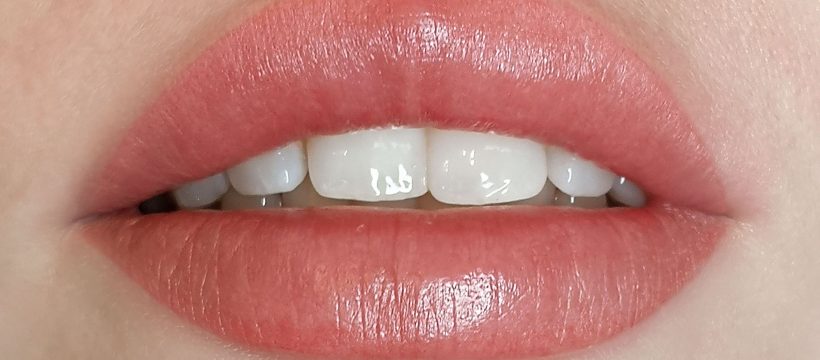How many times have you seen or heard stories of failed permanent makeup? The worst thing is that it cannot be erased, sometimes it does not go away for years, and the only way is laser removal. Maybe you should still approach the choice of a master more thoroughly?
Elsa Orlova, permanent makeup artist and worldwide-renowned trainer in the permanent makeup industry will help understand this issue.
1. Look at the healed works, as often the color of the pigment turns red or gray during healing.
Pink-orange, red-purple, grey-brown, translucent red… This is how clients and permanent makeup masters describe pigment color mutation on the professional forums. The phrase «the color has changed completely unpredictably after three months after micro-blading» will erase all impressions from the seemingly perfect work of the makeup artist. But does the pigment suddenly mutate? Is it possible to predict and avoid serious coloristic conflicts?
The success of the procedure depends essentially on three factors: good performance, equipment, and quality pigments. One’s professional level depends on the knowledge gained from the mentors on courses, experience, and motivation. You can also decide on the tool. But in the case of the pigment, there is, so to say, a second master – the dye company. How well do we know him? Do we understand what the pigment is made of what it is actually, or does the list of ingredients on the package tell us nothing? What are the laws, and regulations that guide the brand? What does the «quality» pigment mean? How can its composition affect a client’s allergy? All these questions are very important. Make sure that your PM artist is quite aware of it.
2. The natural shape of the work done, the tattoo does not go beyond your natural shape of eyebrows and lips.
If you are looking for a master via the Internet, then carefully study the portfolio. If the photos on the page are of poor quality, there are very few of them, there are no pictures of “healed” works, then it is better to choose another master. Also, sometimes you can get to an unscrupulous master who uses photos of other people’s works.
3. The master must constantly be trained since it is impossible to work in the field of beauty without new techniques and knowledge.
The pigment is inserting into the skin, it is advisable to choose a master with medical education since it is necessary to have special knowledge about anatomy and physiology, as well as elementary disinfection skills. In addition, the master must have certificates of basic training, as well as advanced training.
4. Accuracy in every detail
- Sterility of the workplace.
- Equipment — a modern device and disposable materials, for example, a needle in an individual package should be opened with you.
- High-quality pigments that do not change the shade over time – can be checked by photos of healed works, 2-3 years after the procedure.
5. Customer recommendations
The ideal option would be a recommendation from one of your friends or friends who have previously used the services of the master you have chosen. But if there were no such girls in your environment, use the search for reviews on the Internet. Moreover, pay attention not only to positive opinions but also to negative ones, it is from them that you can learn useful information for yourself.
And this is what should not be ignored:
- The master does not try to find out from you possible contraindications to the procedure and insists that it is absolutely safe. A professional who values his reputation would rather refuse the procedure than expose the client to danger.
- The wizard’s palette contains up to 5 colors. To get the most natural effect, there should be much more colors and shades in the palette.
- The master does not use disposable devices. This is by no means permissible, gloves, caps, and needles should only be disposable.
Well, of course, trust your intuition. How a person communicates is very important. Is it attentive to the inspection? If you feel that the portfolio suits you, you understand that this is a photo of the master, and not a photo from the Internet, you were told in detail about the pigments, possible complications, recommendations after the procedure, the office is clean and tidy, you can proceed.
Elsa Orlova, PMU artist and WULOP championship Judge and country organizer
